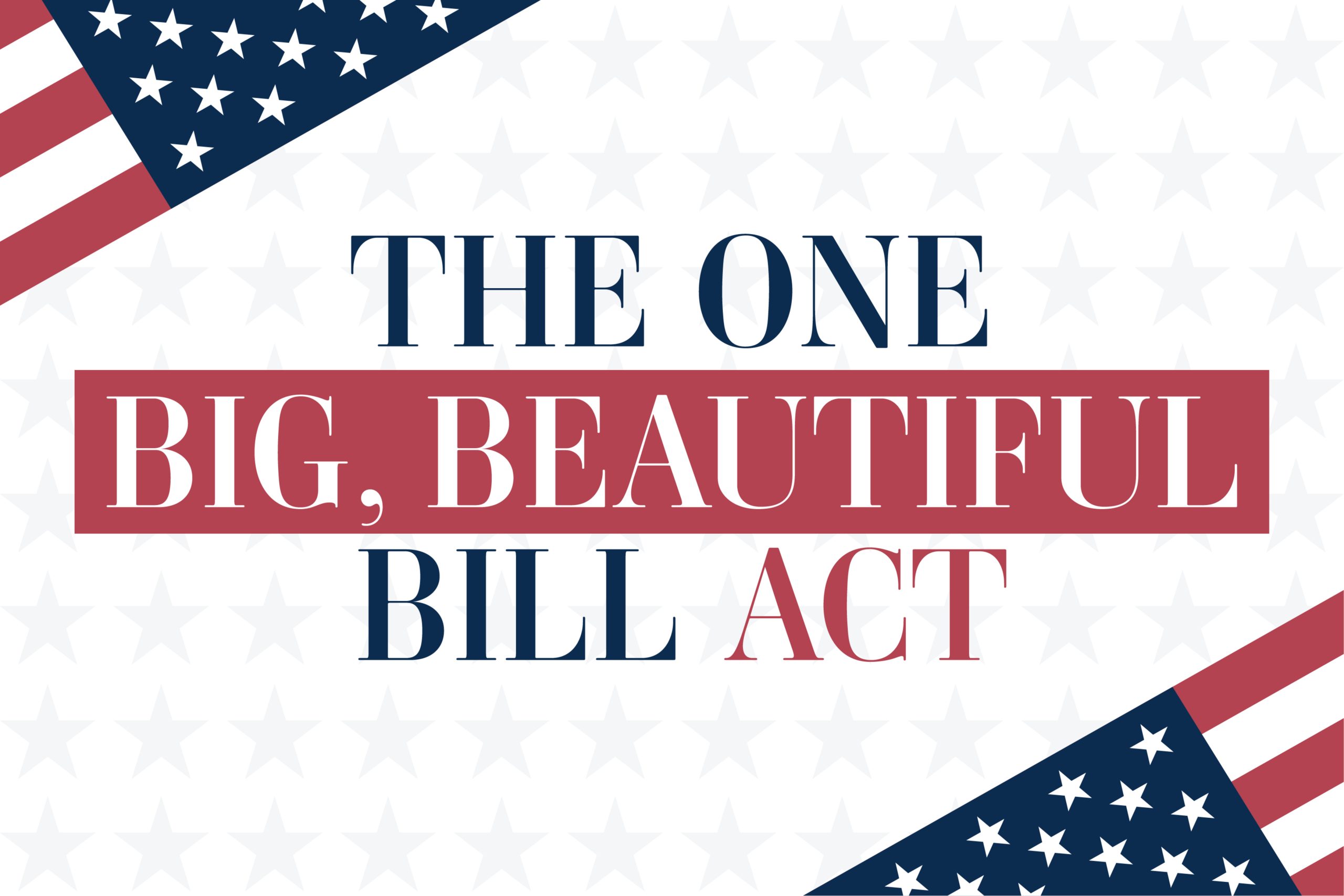When you hear protective tariffs, you might think of big industries or political fights far from your day-to-day life. But protective tariffs actually touch a lot of products you use or see every day. These tariffs are taxes on imports designed to shield domestic manufacturers from foreign competition. They can keep jobs local and industries alive, even for products as simple as paper clips or as familiar as sneakers.
Let’s look at four products that clearly benefit from protective tariffs and why that matters.
Protective Tariff Example #1: Paper Clips
Believe it or not, paper clips are a classic protective tariff example. The U.S. imposes tariffs on imported paper clips to support American manufacturers that produce these tiny yet essential office supplies. Why?
Because without tariffs, cheaper foreign paper clips could flood the market, pushing local producers out. Protective tariffs keep the playing field level, helping keep jobs in American factories and preserving supply chains. It’s a small product with a big impact on local manufacturing.
Protective Tariff Example #2: Canned Tuna
Moving to food, canned tuna is another product that benefits from tariffs. Imported canned tuna faces taxes designed to protect domestic seafood processors and canneries.
For companies involved in fishing and processing here at home, these protective tariffs matter a lot. They help ensure that American businesses can compete despite lower-cost imports flooding the shelves. For consumers, that sometimes means paying a little more but also supporting local economies tied to fishing and food production.
Protective Tariff Example #3: Tobacco
Tobacco products have long been shielded by protective tariffs. These tariffs aim to protect American tobacco farmers and manufacturers from foreign competition.
While tobacco might be controversial for health reasons, from a trade perspective, it’s a textbook protective tariff example. The tariffs affect pricing, supply chains, and the health of domestic farming communities involved in tobacco production.
Protective Tariff Example #4: Sneakers
Finally, a product almost everyone knows: sneakers. With a massive global market and fierce competition, American sneaker manufacturers benefit from tariffs on imported footwear.
Foreign producers often have lower production costs, making their sneakers cheaper. Protective tariffs add a cost to imports, helping domestic sneaker brands compete and maintain jobs in manufacturing and design.
Protective tariffs aren’t just about politics or economics in the abstract, they affect products we use daily. Whether it’s the paper clips keeping your office organized, the canned tuna in your pantry, tobacco products, or the sneakers you wear, tariffs help keep certain industries alive and local.
If navigating these trade complexities feels overwhelming, expert guidance can make a difference. That’s where financial and advisory services come in. Partnering with an investment banking and advisory firm like Calado Capital gives you access to deep expertise across markets and industries. Scheduling a Calado Capital consultation connects you with professionals who can tailor strategies to your specific situation.
With broad Calado Capital industry experience, we help businesses and individuals understand how tariffs and trade policies affect their financial health and growth plans.
If tariffs touch your business or investments, don’t hesitate to contact us and explore how we can support your ambitions with clarity and confidence.
Recent Posts
The Impact of the One Big Beautiful Bill on Your Taxes
Claudio Calado2025-09-26T08:06:12+00:00September 26, 2025|
The Impact of the One Big Beautiful Bill on Your Taxes
Claudio Calado2025-09-29T09:06:13+00:00September 16, 2025|
AI for Tax Planning Under the One Big Beautiful Bill
Claudio Calado2025-09-29T09:04:42+00:00September 9, 2025|


